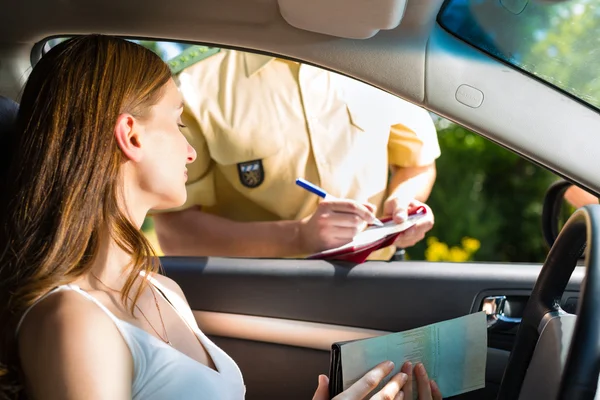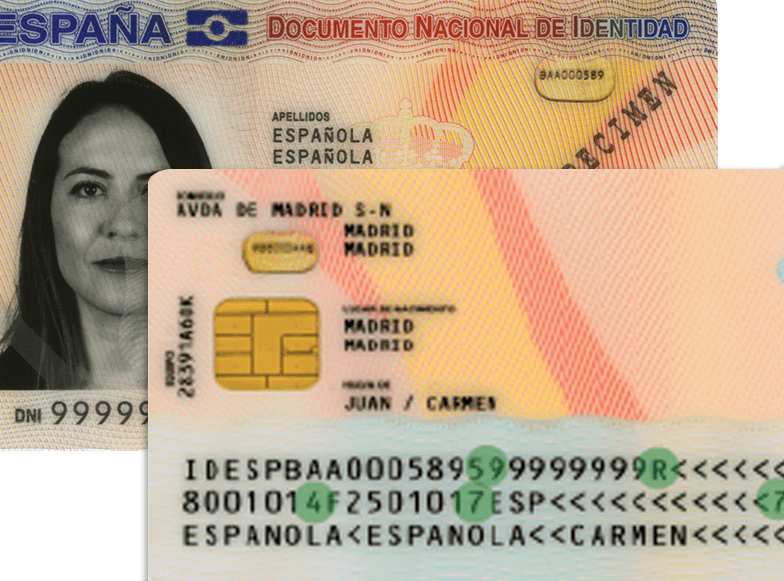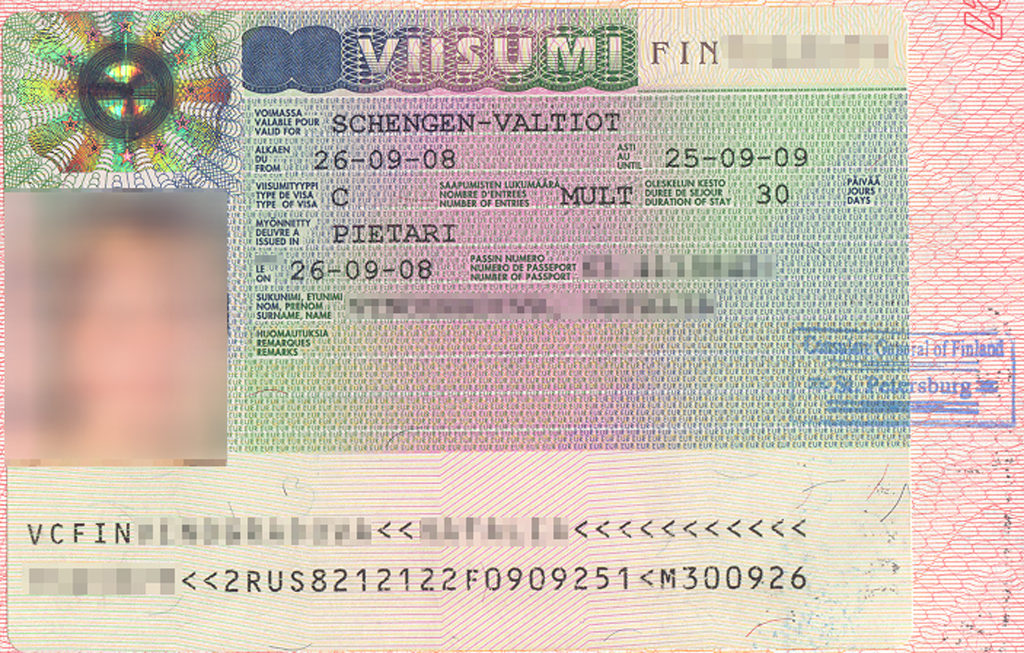How to Get a German Driver’s License Without the Hassle
Home » Driver's License » How to Get a German Driver’s License Without the Hassle
How to Get a German Driver’s License Without the Hassle
German Driver’s License Without the Hassle
Get a German driver’s license” part may sound intimidating if you are new to the country or clueless about the process. But the fact is, with a few easy steps and game-planning, it can be an easy process, hardly the overwhelming fear you would expect. Whether you’re swapping out a foreign license or applying from scratch, in this guide, we’ll walk you through what to expect — and how to navigate around the commonplace obstacles.Getting to know the basics: Who needs a German License?
Suppose you live in Germany and want to drive long-term. In that case, you probably need to get a German license (Führerschein). Drivers from EU and EEA countries may usually drive in Germany without the need to exchange their licenses. But for most non-EU nationals, after six months, states require a licence exchange or a complete application.License Exchange vs Starting from Scratch
If your home country allows, you can exchange your license without any tests. Some countries, such as the USA, Canada, or Australia, have some state or provincial agreements with Germany to convert at least part of your German driver's license. And if your license is eligible, this might mean forgoing the theory or practical driving test — or both. If you’re not eligible for a direct swap, then you’ll have to go through Germany’s regular licensing process, which involves both a theoretical and a practical examination. That includes the enrollment in a Fahrschule (driving course), a series of mandatory classes and an exam. It requires a bit more time but guarantees that you are fully prepared for driving under German laws.Paperwork and Appointments: Prepare in Advance
The paperwork is one of the biggest headaches of the process. You’ll need to bring documents that include proof of your current address, valid identification, and a passport photo; results of your vision test; and, depending on the jurisdiction, possibly a certificate proving you have taken an introductory first aid course. It makes sense to get in touch with the local driver’s license authority early to find out what exactly you need to provide, as it can differ from location to location. Appointments are often booked weeks or even months in advance, so plan. At one time, when it’s busy, some of them have waited over 12 weeks just to submit documents. If you are doing a translation and/or certification of your license, straighten that out early to eliminate any potential for delay.











